Kutch, Gujarat
Been there recently?
Located in western India, the Rann of Kutch is the country’s largest salt marsh. While the 7,500 square kilometres of Great Raan of Kutch is renowned for its silvery landscapes, the 5,000 square kilometres of Little Rann is home to an abundance of wildlife and salt farms. The latter draws tourists from all over the world who come to enjoy wildlife safaris because it is the only place in India where the wild ass can be found, and it is also home to the Wild Ass Sanctuary. During the annual Rann Utsav, the Rann of Kutch erupts with glorious colour and culture. The festival immerses you in a world of joy, from the whimsical performances to the scrumptious spread of food and art. Kala Dungar, also known as Black Hill, is another nearby attraction. It offers expansive and panoramic views of the desert from its position as the highest point in the Kutch region. You can also explore popular sights like the white desert, the hills, beautiful virgin sea beaches, and various forts. Dholavira, one of the most well-known archaeological sites from the historic Indus Valley Civilization, is a must-see.
Nearby Places to See
Great Rann of Kutch
“Rann” means desert. It is one of the biggest salt deserts, with a staggeringly large surface area of 7500 square kilometres. It also referred to as the white desert and makes up the southernmost portion of the Thar desert. Numerous rivers that originate in the states of Gujarat and Rajasthan flow into the Great Rann of Kutch before entering the sea. The entrance to the white desert is at Dhordo, a village on the edge of the Rann of Kutch that is located about 80 kilometres to the north of Bhuj, the district’s capital. The terrain is harsh because it has the sea on one side and a white salt desert on the other. However, flora and fauna have adapted to these circumstances and are flourishing in the area, which has numerous small oasis-like areas scattered throughout to maintain a great ecological balance.
“Rann” means desert. It is one of the biggest salt deserts, with a staggeringly large surface area of 7500 square kilometres. It also referred to as the white desert and makes up the southernmost portion of the Thar desert. Numerous rivers that originate in the states of Gujarat and Rajasthan flow into the Great Rann of Kutch before entering the sea. The entrance to the white desert is at Dhordo, a village on the edge of the Rann of Kutch that is located about 80 kilometres to the north of Bhuj, the district’s capital. The terrain is harsh because it has the sea on one side and a white salt desert on the other. However, flora and fauna have adapted to these circumstances and are flourishing in the area, which has numerous small oasis-like areas scattered throughout to maintain a great ecological balance.
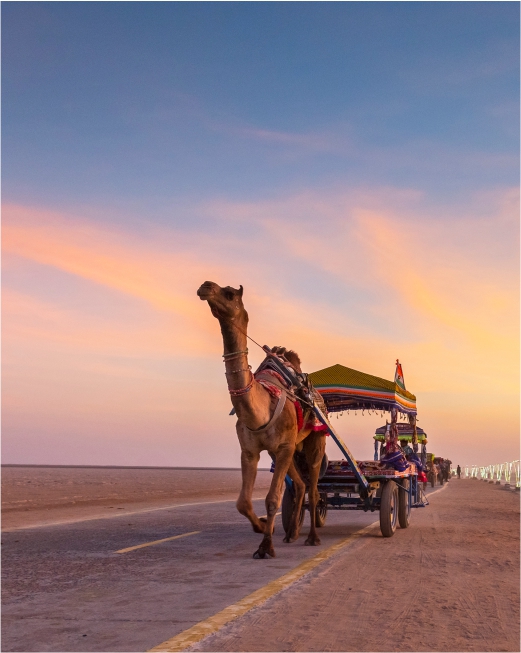
Little Rann of Kutch
This area, which is about 250 kilometres to the east of Bhuj, makes up the extended southern portion of the Great Rann of Kutch. The Little Rann of Kutch contains the Wild Ass Sanctuary, which was established in 1973 and has a land area of 4953 square kilometres. In addition to other smaller animals and numerous birds, this sanctuary is home to the last remaining population of the chestnut-coloured Indian Wild Ass, or Khur.
This area, which is about 250 kilometres to the east of Bhuj, makes up the extended southern portion of the Great Rann of Kutch. The Little Rann of Kutch contains the Wild Ass Sanctuary, which was established in 1973 and has a land area of 4953 square kilometres. In addition to other smaller animals and numerous birds, this sanctuary is home to the last remaining population of the chestnut-coloured Indian Wild Ass, or Khur.
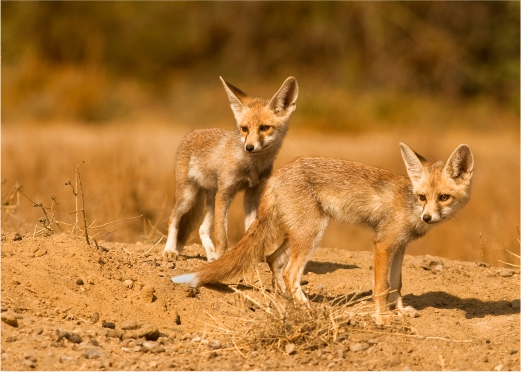
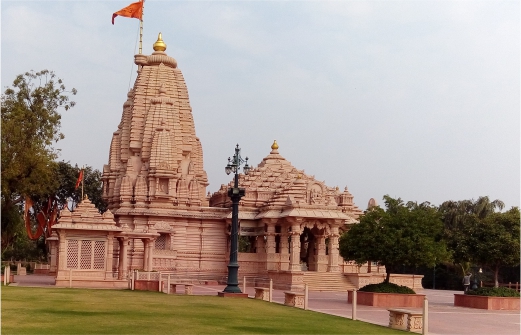
Koteshwar Mahadev Temple
This ancient Shiva temple was constructed at the westernmost point of India, where the vast desert meets the dry land. The flat, brown horizon to the east and the blue horizon to the west serve as the skyline’s dividers. To the west of India, this is the farthest inhabited settlement. This temple finds mention in the Puranas and the Ramayana. It is located at about 160 kilometres from Bhuj.
This ancient Shiva temple was constructed at the westernmost point of India, where the vast desert meets the dry land. The flat, brown horizon to the east and the blue horizon to the west serve as the skyline’s dividers. To the west of India, this is the farthest inhabited settlement. This temple finds mention in the Puranas and the Ramayana. It is located at about 160 kilometres from Bhuj.
Indian Wild Ass Sanctuary
This sanctuary, which spans a 5,000 square kilometre area, the Little Rann of Kutch, is the only place where wild asses can be found in India. Indian wild ass, also known as the ghudkhar, is distinguished by a dark stripe running along its back. The sanctuary is home to about 3,000 wild asses. The sanctuary is a crucial place for birds to feed and breed because of its location in the Gulf of Kutch, which is along many birds’ routes of migration. Every year, about 75,000 birds, including those from Egypt, Siberia, Europe, Iran, and Iraq, lay their eggs here. The area is also home to other wildlife, including migratory birds.
This sanctuary, which spans a 5,000 square kilometre area, the Little Rann of Kutch, is the only place where wild asses can be found in India. Indian wild ass, also known as the ghudkhar, is distinguished by a dark stripe running along its back. The sanctuary is home to about 3,000 wild asses. The sanctuary is a crucial place for birds to feed and breed because of its location in the Gulf of Kutch, which is along many birds’ routes of migration. Every year, about 75,000 birds, including those from Egypt, Siberia, Europe, Iran, and Iraq, lay their eggs here. The area is also home to other wildlife, including migratory birds.
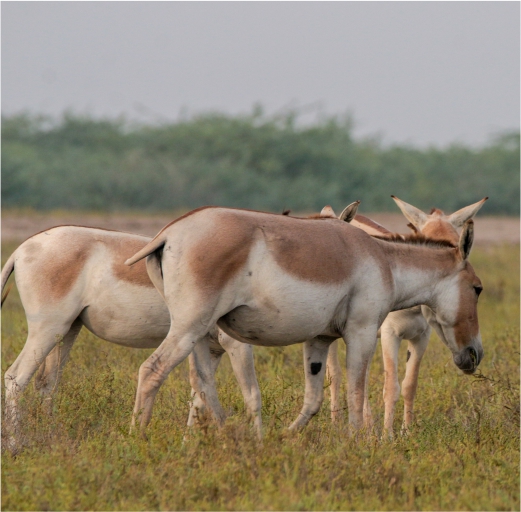
Desh Devi Maa Ashapura
This beautiful temple is in the town of Mata No Madh, 95 kilometres from Bhuj. This temple is dedicated to Goddess Ashapura, who was also the patron goddess of the Kutch state’s former kings. The goddess is shown to have seven pairs of eyes. The earthquake of 1819 caused damage to this 14th-century temple, which was rebuilt in 1823. It was damaged again by the earthquake in 2001, and repairs were made.
This beautiful temple is in the town of Mata No Madh, 95 kilometres from Bhuj. This temple is dedicated to Goddess Ashapura, who was also the patron goddess of the Kutch state’s former kings. The goddess is shown to have seven pairs of eyes. The earthquake of 1819 caused damage to this 14th-century temple, which was rebuilt in 1823. It was damaged again by the earthquake in 2001, and repairs were made.
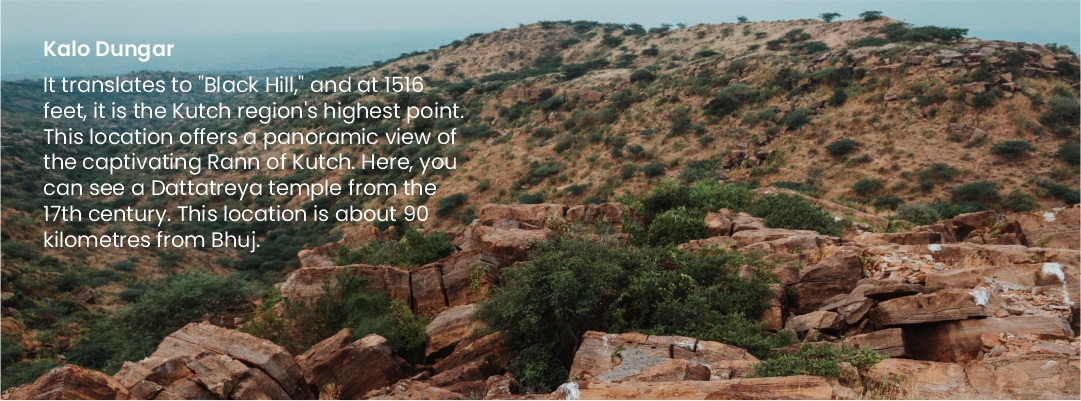
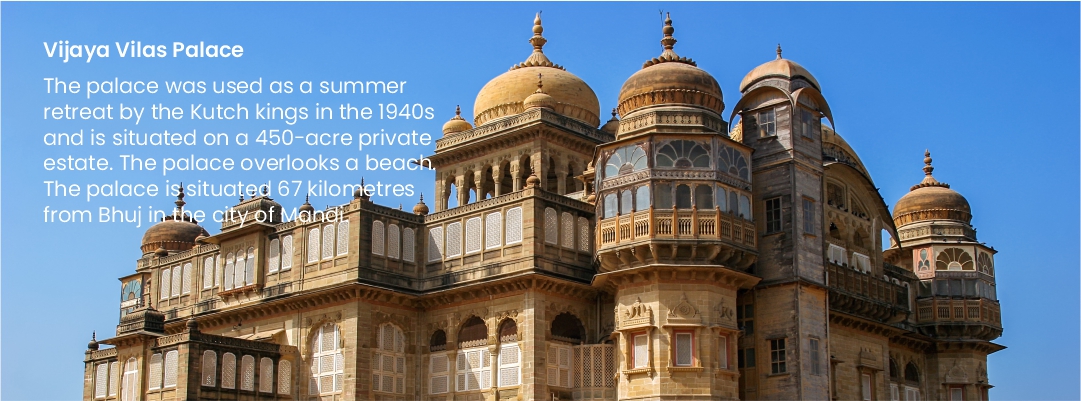
Dholavira
Dholavira, a popular weekend getaway with many Indus valley civilization ruins, is located about 250 kilometres from Bhuj. It’s the second-largest Harappan site in India and the fifth-largest on the Indian subcontinent, making it a haven for historical enthusiasts. The ancient site is 100 hectares in size and is bordered by the Manhar and Mansar water channels.
Dholavira, a popular weekend getaway with many Indus valley civilization ruins, is located about 250 kilometres from Bhuj. It’s the second-largest Harappan site in India and the fifth-largest on the Indian subcontinent, making it a haven for historical enthusiasts. The ancient site is 100 hectares in size and is bordered by the Manhar and Mansar water channels.


-
Destination



